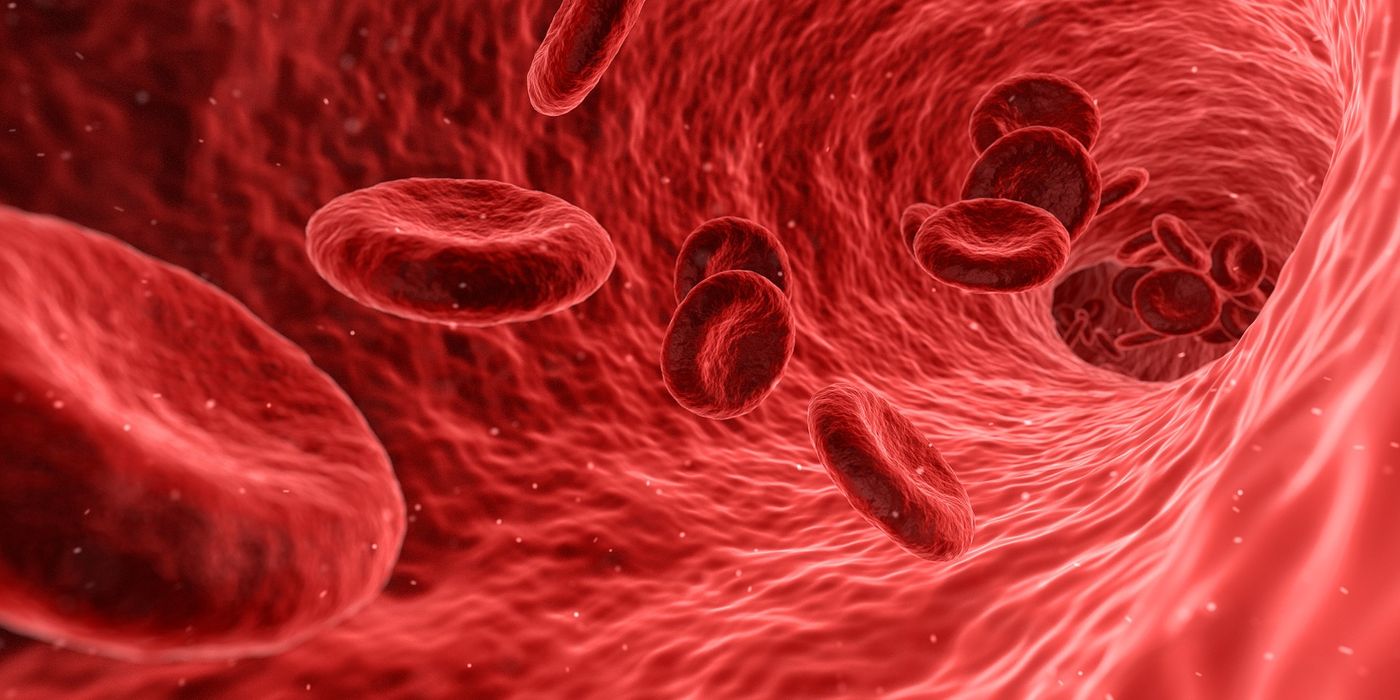ATTRACT Study Finds Blood Clot Treatment Actually Not Attractive
Deep vein thrombosis or DVT can occur as a result of lack of movement (ie: post-surgery, if you are confined to bed for a prolonged period of time) or due to medical conditions impacting blood clot formations. As the name implies, DVT occurs when a blood clot occurs in the deep veins of the body, typically in the legs. The immediate negative impacts of such a thing happening is pain and swelling, but it becomes a greater danger if the blood clot dislodges into circulation where it can travel to the lungs blocking blood flow and causing a pulmonary embolism which can be life threatening.
This being the case, when there is an increased risk for blood clots occurring patients are treated with blood thinners and actual clotting is often treated by a procedure called catheter-directed thrombolysis where a catheter is inserted into the leg to directly inject drugs to break up the clot. Recently, a clinical trial demonstrated that this treatment is not actual as effective as we think, and may even result in unnecessary complications. Stephan Moll, MD at the University of North Carolina in Chapel Hill was an investigator for this trial, which was entitled “Acute Venous Thrombosis: Thrombus Removal with Adjunctive Catheter-Directed Thrombolysis” or more simply called “ATTRACT”. This study assessed whether initiating this procedure early for patients with DVT could reduce chances of development of post-thrombotic syndrome which is a complication characterized by pain, swelling and difficulty ambulating as usual. The ATTRACT study was conducted across 56 clinical locations. Nearly 700 patients took part in the trial, and each patient was followed over the course of two years after receiving either blood thinners alone, or blood thinners plus catheter-directed thrombolysis. Conclusions: there was no benefit in having this procedure done, and did not reduce development of post-thrombotic syndrome as anticipated.
Dr. Moll was quoted as saying, “While intuitively it makes sense that early clot removal would decrease the long-term complications after leg clot, this study showed that is doesn’t. This suggests that other mechanisms such as inflammation of the blood vessels may be predictors of bad outcomes and may have to be targeted in the future to decrease complications.”
It is worth noting that patients who receive this procedure are at risk for internal bleeding as a result of the drugs blasted into the clot. The principal investigator of the study, Suresh Vedantham, MD at Washington University in St. Louis commented, “None of us were surprised to find that this treatment is riskier than blood thinning drugs alone. To justify that extra risk, we would have had to show a dramatic improvement in long-term outcomes, and the study didn’t show that. We saw some improvement in disease severity but not enough to justify the risks for most patients.” Summary: catheter-directed thrombolysis by administration of drugs directly to DVT clots should be used as a second-line treatment in the event a DVT patient does not respond to blood thinners and has severe impairment of limb function. See below for how DVT clots form.
Sources: UNChealthcare.org, Wikipedia, Pixabay, Bupa Health UK, Youtube
-
MAY 07, 2024Is It Anti-RNP or Anti-Sm/RNP?
- See More
-
APR 30, 2024Immuno-Oncology Virtual Event Series 2024
-
MAY 07, 20243rd International Biosecurity Virtual Symposium
-
JUN 06, 2024The Future of Scientific Conferencing
- See More


















































